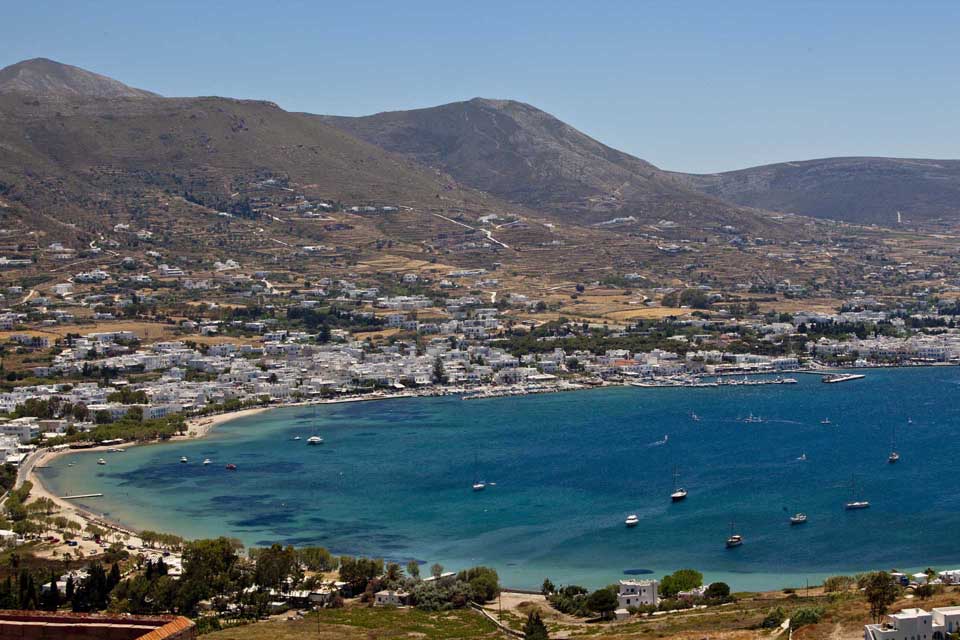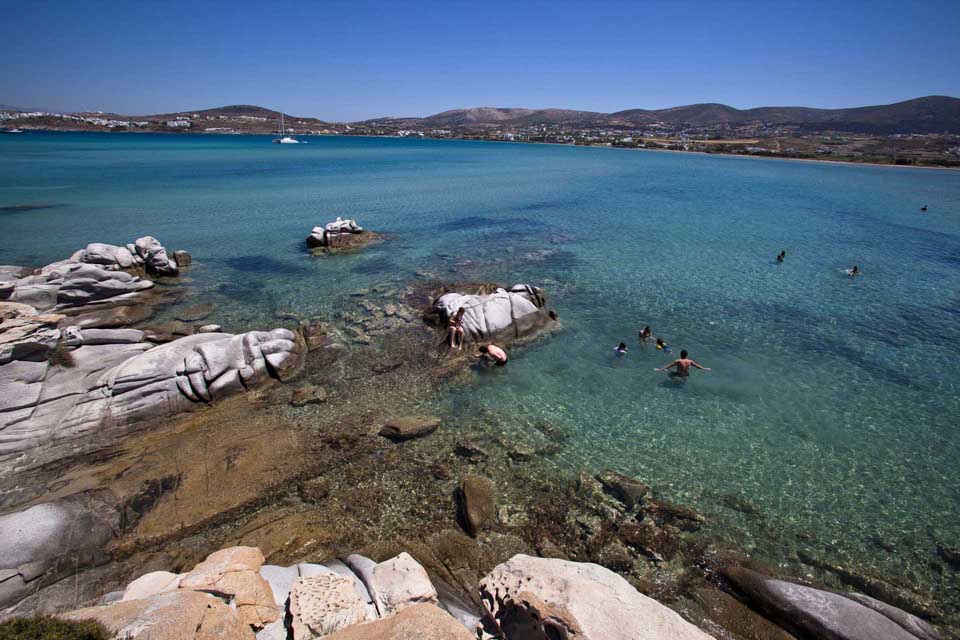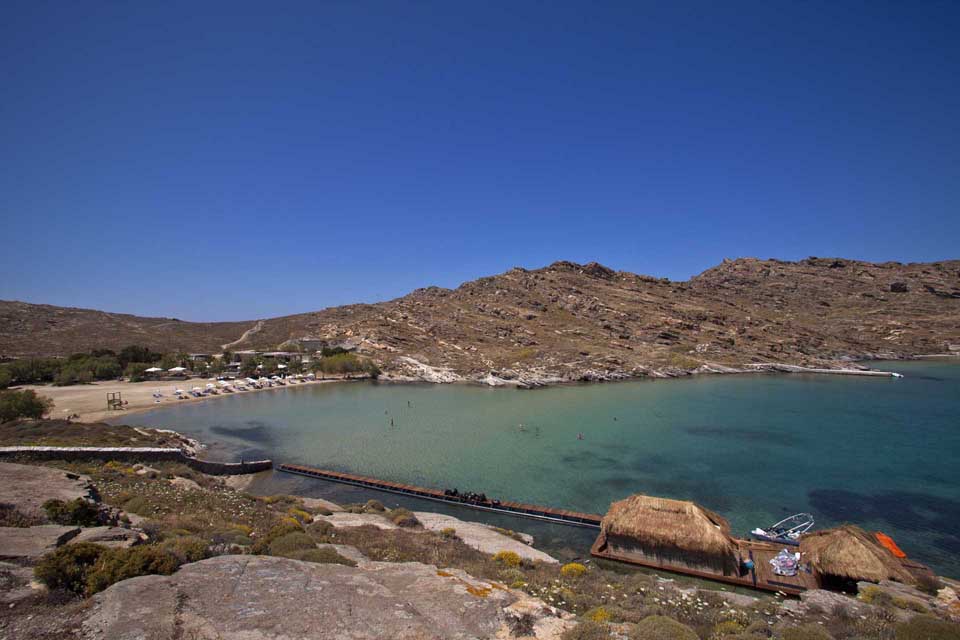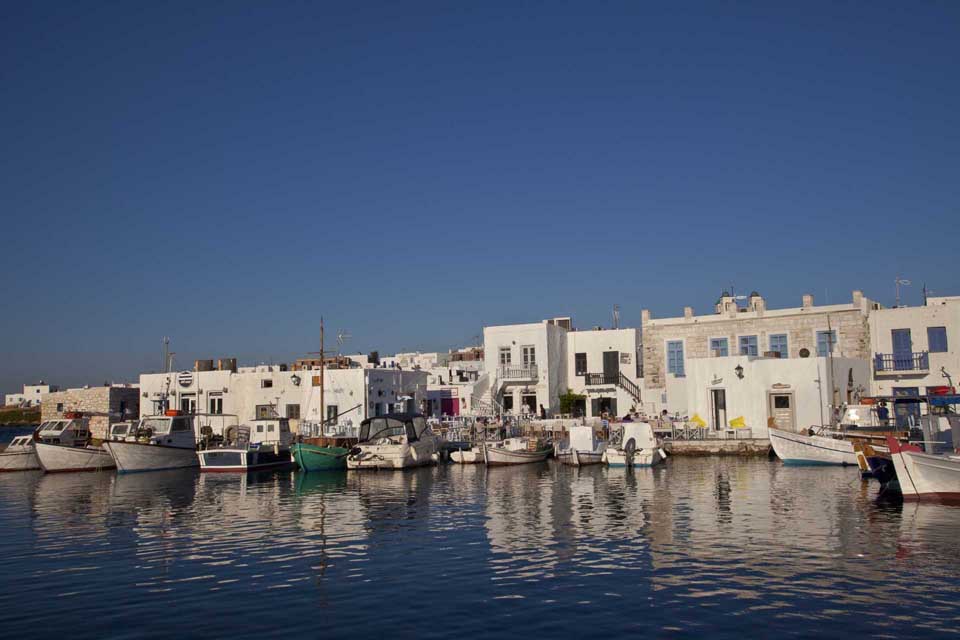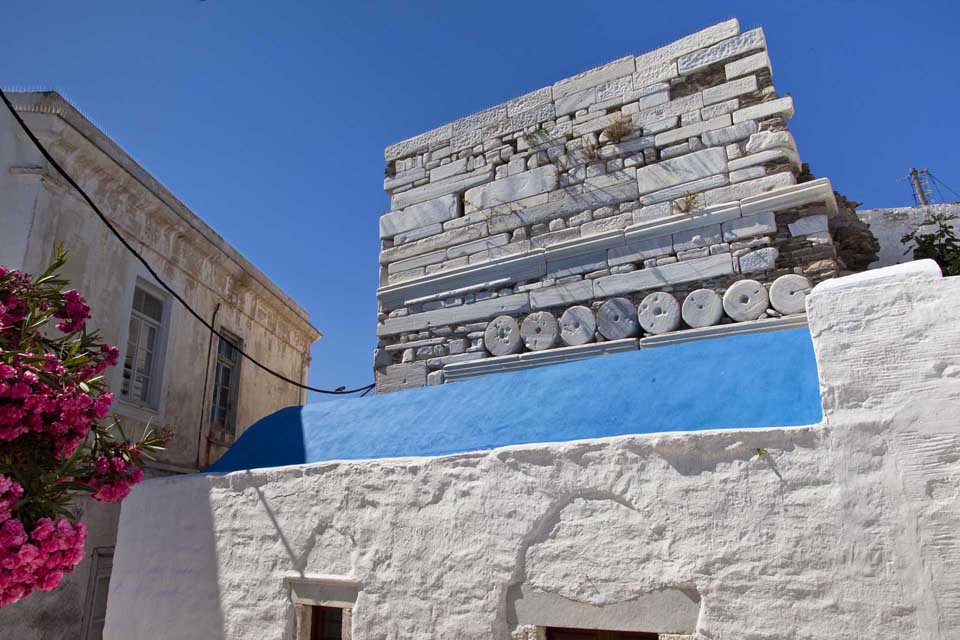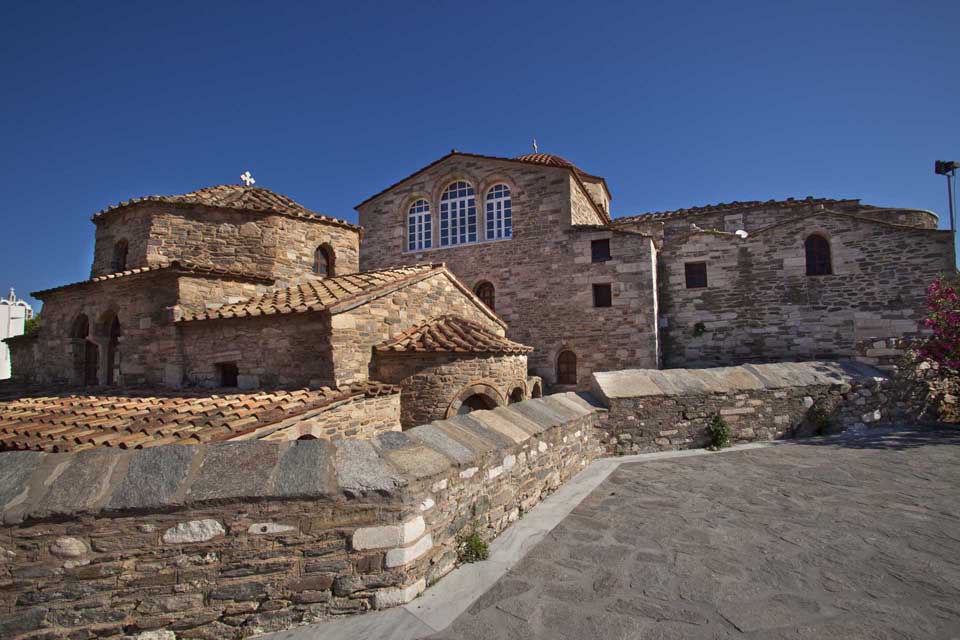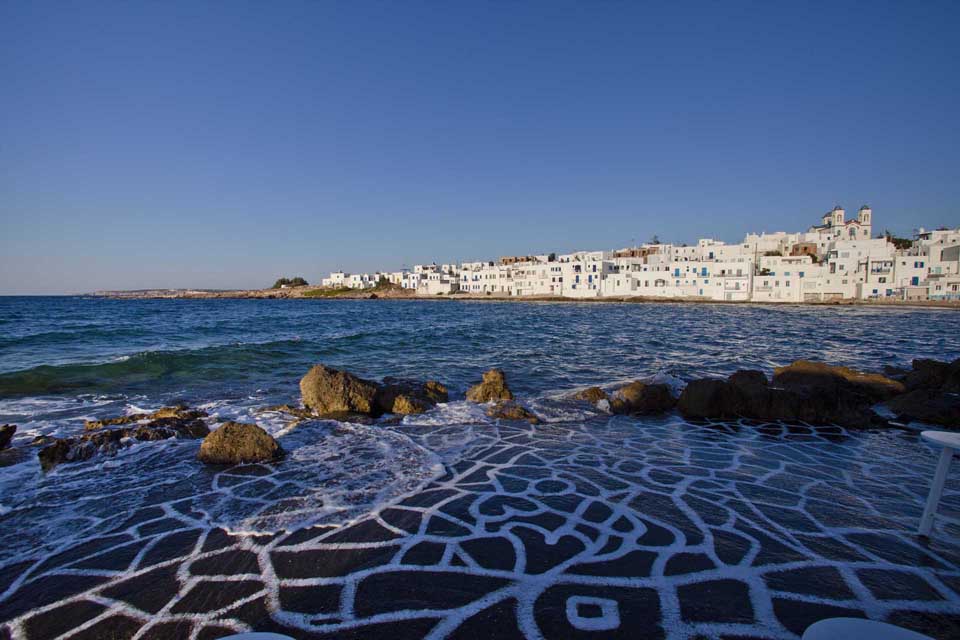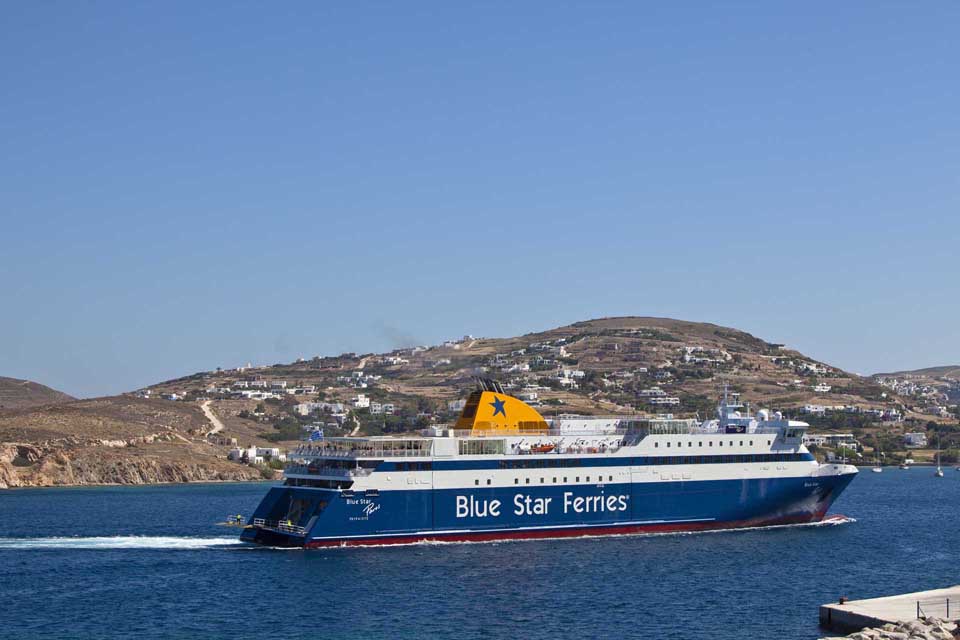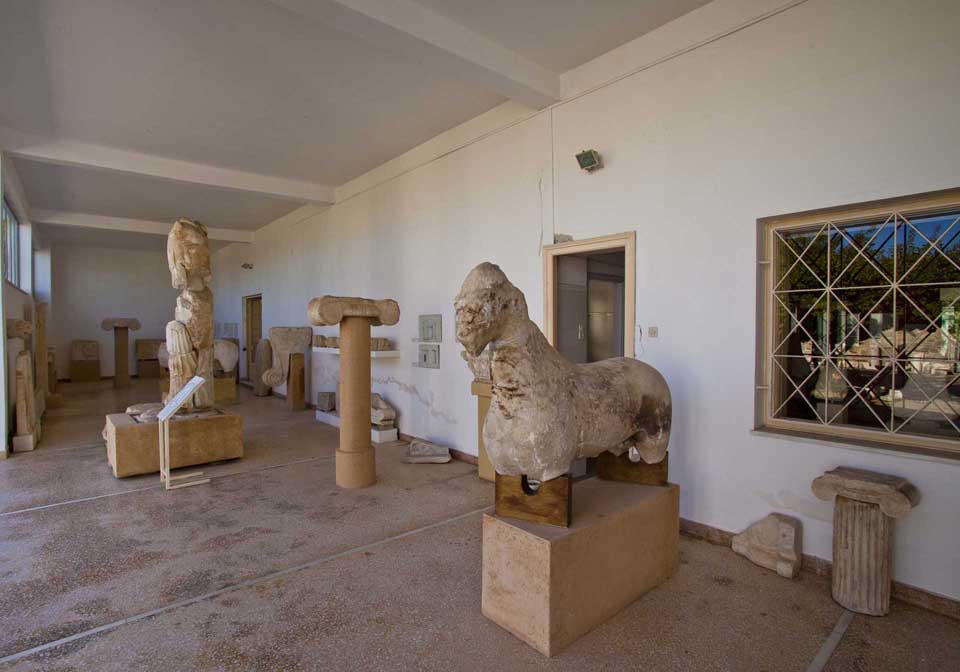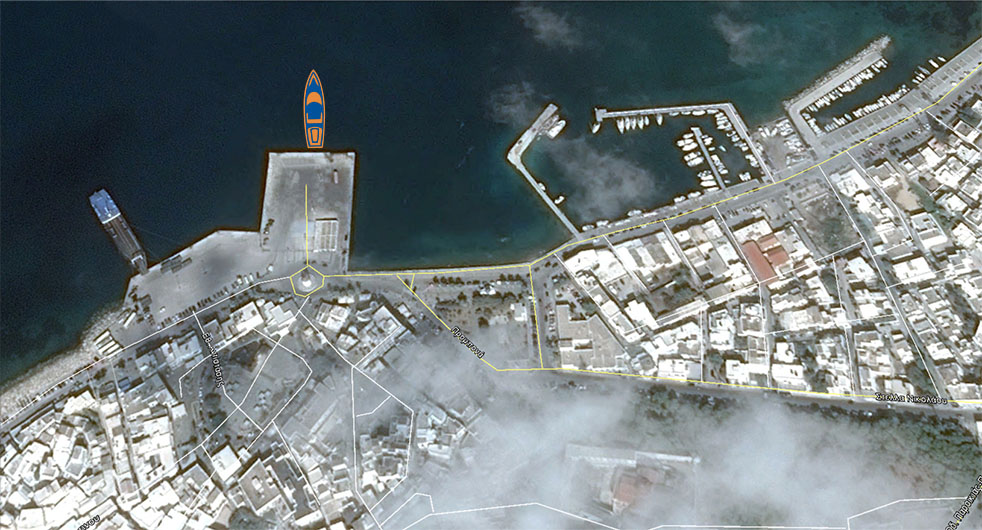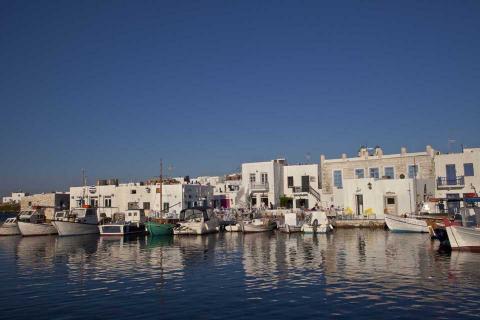
Besides its great beauty, Paros has a long history beginning in the Neolithic Era. Excavations on the isle of Saliago (between Paros and Antiparos) revealed a Late Neolithic settlement. During the Proto-Cycladic period, Paros was home to a great civilization, evidenced by the settlements that were discovered on both islands. Crete’s supremacy in the Aegean Sea prohibited Paros’ development. The Cretans (also known as Minoans), controlled trade and communications among Egyptians, Babylonians, Assyrians and the Balkan settlements. Due to the island’s natural harbors and significant position, the Cretans paid tribute to Paros by calling it «Minoa». Later on, Paros was inhabited by Ionians that were forced out of their land by Dorians. A group of Arcadians, led by the notable Paros, fled their land and ended up on the island. That’s how the island got its name. Over the years, the intermarriages between the Ionians and the Arcadians produced a tribe that was intelligent and industrious. Besides farming, the tribe developed trade, became wealthy, and made the island a strong sea power controlling the North Aegean for almost two centuries. During the 6th century BC, the center of the Cyclades moved from Paros to Naxos, which triggered the gradual decline of the island. During the Persian wars (in the beginning of the 5th century BC), Themistocles conquered Paros, which had no choice but become an ally to Athens. During the Classical Era, the Paros’ marble mines became a source of wealth. Snow-white and fine-grained, the marble from Paros was a widely sought-out material for the creation of the renowned classical sculpture and architecture. It was called the lamp-rock, because it was extracted from mine tunnels, under the light of lamps. The temple of Apollo in Delos, Hermes by Praxiteles in Olympia, Venus de Milo, Knidia Demeter, and parts of the temple of Solomon, were made out of this marble.
At the same time, the art of Paros flourished. Sculptors Agorakritos and Scopas (Phedias’ apprentices), as well as renowned painters of the time, Arkesilaus and Nikanor, came from Paros. After the battle at Cheroneia against Alexander the Great, the island was occupied successively by the Macedonians, the Ptolemy dynasty and the Romans. In the first centuries of Christianity, Paros declined again. Christianity started to spread on the island in the 2nd century BC, as the Early-Christian tombs and monuments indicate. The Byzantine emperors built the church of Ekatontapyliani and other churches with the island’s marble. Tradition has it, that Saint Helen and Constantine the Great were involved with the building of «Katapoliani» and Justinian with its completion. In the 10th century AD, the island was deserted due to pirate raids. According to oral tradition, the island was covered by wild forests. The Frankish and Venetian rule began in 1207 and lasted until 1537. Venetian Marco Sanoudo occupied Naxos and the neighboring islands. Sanoudo used the ruins of the ancient altars of Paros to build the castle of Parikia. During that period, the castles of Kefalos and Naoussa were also built. In 1537, the island was occupied by the fierce pirate Barbarossa, who captured all its inhabitants and destroyed everything. Later on, the island came under the rule of the Ottoman Turks. After 1821, Paros was included in the newly-formed Greek state and followed its development.
